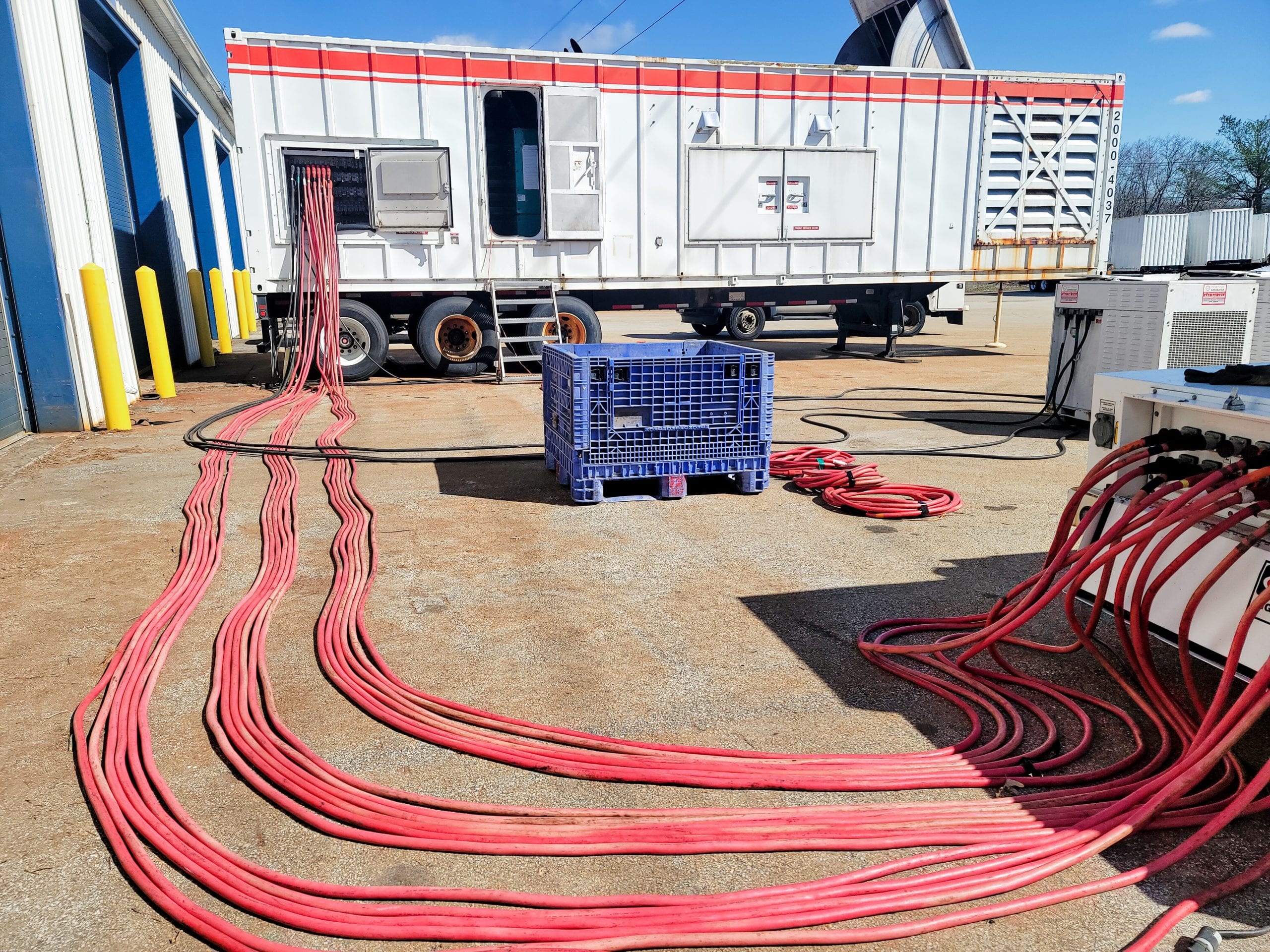The Importance of Load Bank Testing Your Generator

Annual load bank testing of your emergency standby generator systems should be part of a standard planned maintenance program for your power systems. The reason why you would want to load bank test your generator is to make sure that the generator will operate properly when it is called upon.
The load bank test will ensure that the generator system will produce and maintain power without overheating or shutting down. Under controlled conditions, the load bank test will also reveal any potential weaknesses that the generator system may have, meaning that this allows us to perform corrective maintenance as potential weaknesses can be identified during controlled conditions and not during an actual utility outage.
Table of Contents
How does a load bank test work?
When a load bank test is implemented, an artificial load is placed on the generator. The test is timed and the kW load is gradually increased in specific increments. Each time the kW load is increased, the test measures and records critical engine parameters, the generator’s ability to handle the boost, and its ability to continue functioning at the highest possible level for a sustained period of time.
Wet- Stacking
When a diesel engine-powered generator is not used frequently or only runs on a light load, the generator is prone to experiencing unburned fuel and soot buildup in the exhaust system. This process is known as wet stacking. When this occurs, the gen-set is likely to perform poorly. During a load bank test, the generator is allowed to run at full power and full temperature. This process will allow any wet stacking to burn off.
Load Bank Testing Purposes
- It ensures that the generator will reliably operate at its maximum capacity for an extended period of time.
- Running a diesel engine at full capacity using a load bank prevents and corrects “wet stacking” – a condition where unburned fuel deposits accumulate in the engine and exhaust system reducing the generator set’s efficiency.
Load bank testing reduces long-term costs by extending the life of engine components such as turbochargers and exhaust valves, as well as, increasing engine performance and efficiency while reducing pollution. It also provides peace of mind and ensures compliance with NFPA 110 and JCAHO standards for hospitals, nursing homes, computer data centers, and other critical facilities.
